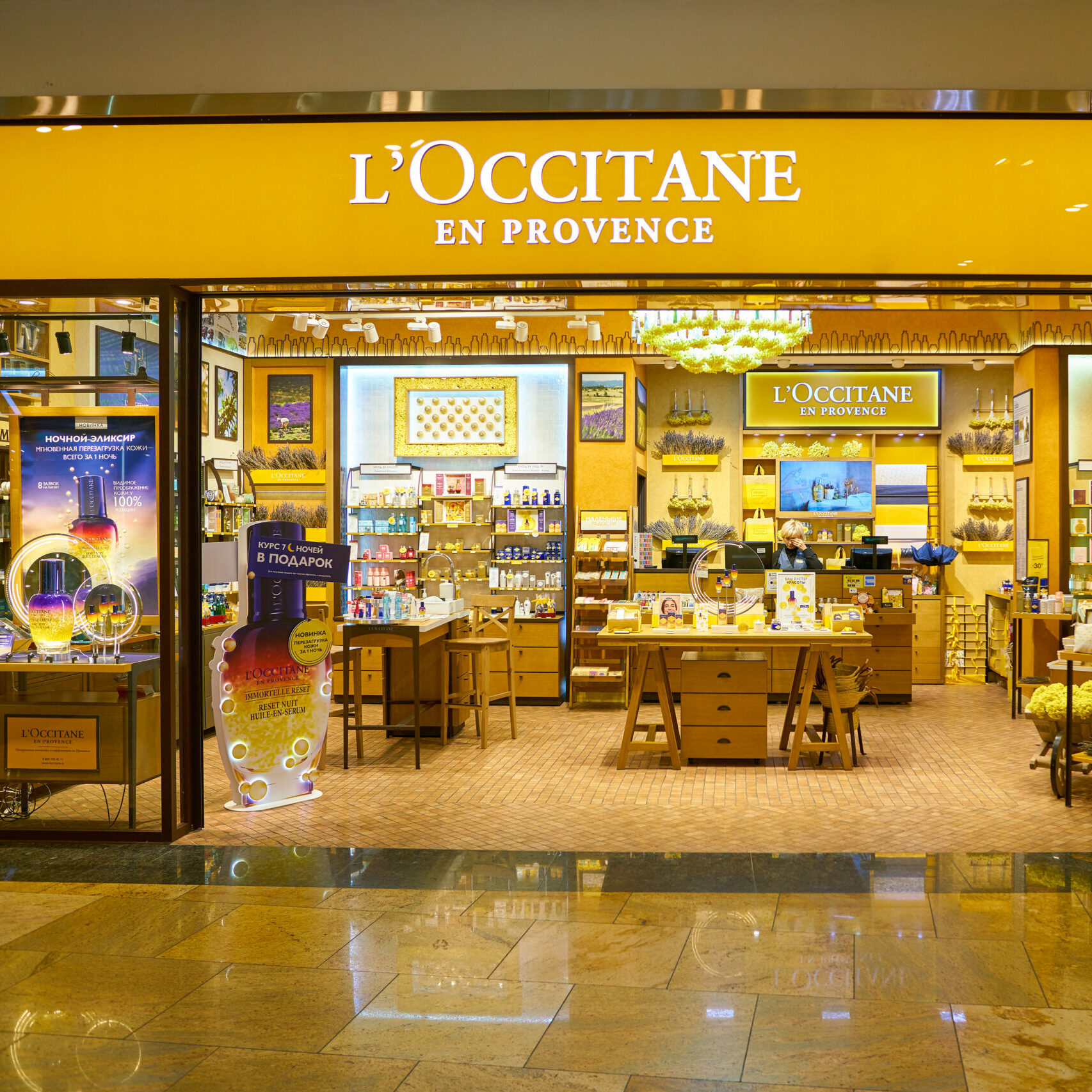M&A activity in the Nordic region grew in total value by 27.8 per cent in 2012 – mostly targeting healthy SMEs – while at the same time contracting by 30.4 per cent in Western Europe, according to research into the privately-held as well as listed businesses of Norway, Sweden, Denmark and Finland by S&P Capital IQ.
The growth of 27.8 per cent brought Scandinavian M&A total deal value up to USD19bn from USD15bn in 2011 – edging the USD20bn mark for the first time since 2008, when deal value totalled USD22bn.
By contrast, total M&A deal value contracted by 2.7 per cent in the UK and Ireland, from USD40bn in 2011 to USD39bn in 2012. Furthermore, Western Europe as a whole saw a contraction of 30.4 per cent, from USD80bn in 2011 to just USD56bn in 2012.
S&P Capital IQ’s research reveals that the increase in Nordic M&A activity is supported by strong fundamentals in privately-held as well as listed businesses, such as revenue growth, short-term liquidity profiles and leverage rates. This is alongside higher GDP growth than the Eurozone average in Norway, Sweden and Denmark. Moreover, all four countries boast AAA ratings and “stable” outlooks from Standard & Poor’s Ratings Services, while only seven such countries remain in Europe following years of financial and economic crises.
“The strength of Scandinavian businesses combined with the stability of regional economies present an attractive proposition to expansionary-minded corporates, banks, private equity firms and investment professionals,” says Silvina Aldeco-Martinez, managing director at S&P Capital IQ. “This is particularly true for SMEs – often described as the engine of growth in developed economies – which constituted 81.8 per cent of targets in regional M&A activity over the past five years.”
The research undertaken by S&P Capital IQ reveals stronger double-digit revenue growth in privately-held Scandinavian companies than in their public peers; on average, the private sector grew 22.7 per cent in 2012, public sector grew 15.5 per cent. Indeed, as one of the clearest demonstrations of the strong financial health of the Nordic region, revenues increased in all sectors across all countries, with only two listed sectors reporting revenue contractions: publicly-traded healthcare (-3.7 per cent) and utility (-2.1 per cent) companies in Finland.
Private and public energy sector firms, in particular, consistently witnessed some of the highest average revenue growth rates across Norway, Sweden, Denmark and Finland, according to the latest annual figures. But the highest annual revenue growth rates were witnessed in the Danish and Swedish public utilities sectors, with 67.0 per cent and 52.1 per cent respectively, followed by the Norwegian private energy sector, which saw their annual revenues grow by 36.4 per cent.
The analysis carried about by S&P Capital IQ also reveals strong operational health for private Scandinavian firms in terms of Days Sales Outstanding (DSO), a measure of how quickly a given business can translate sales into income. In Sweden, private businesses reported a respectable receivables turnaround time of only 34.37 days – with the consumer staples sector boasting the best of 11.48 days – while their listed peers reported DSOs of 59.72 days, on average. This demonstrates the relative operational strength of privately-held entities in Sweden, which managed to convert receivables into cash almost twice as fast as their public counterparts.
While looking at the capital structure of businesses across Nordic countries, S&P Capital IQ’s research revealed that average reported debt proportions – as measured by Total Liabilities to Total Assets – were higher for privately-held firms than listed businesses in all of the four countries analysed, according to their latest annual figures. This trend was particularly present in Sweden, where private companies reported Total Liabilities to Total Assets of 71.4 per cent, on average, with utility firms topping the list at 85.4 per cent. Publically-traded firms in the same country meanwhile reported a lower average Total Liabilities to Total Assets rate of 53.1 per cent.
“This analysis bears out comments from S&P Ratings in November describing Sweden’s relatively high external as well as household debt levels as a key risk factor,” says Maria Shevchenko, director of financial content and analytics at S&P Capital IQ. “This research highlights the importance of full transparency into the fundamentals of both privately-held and listed firms, without which positive and negative signals can be hard to identify promptly.”






